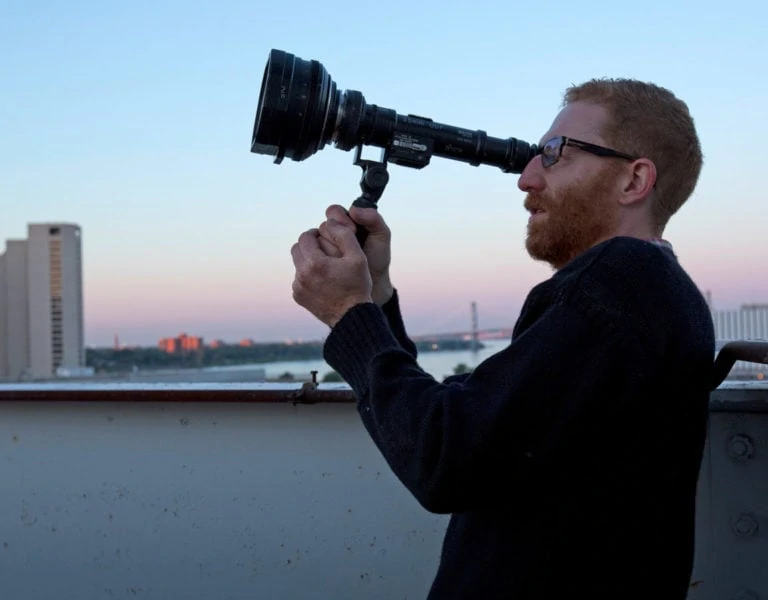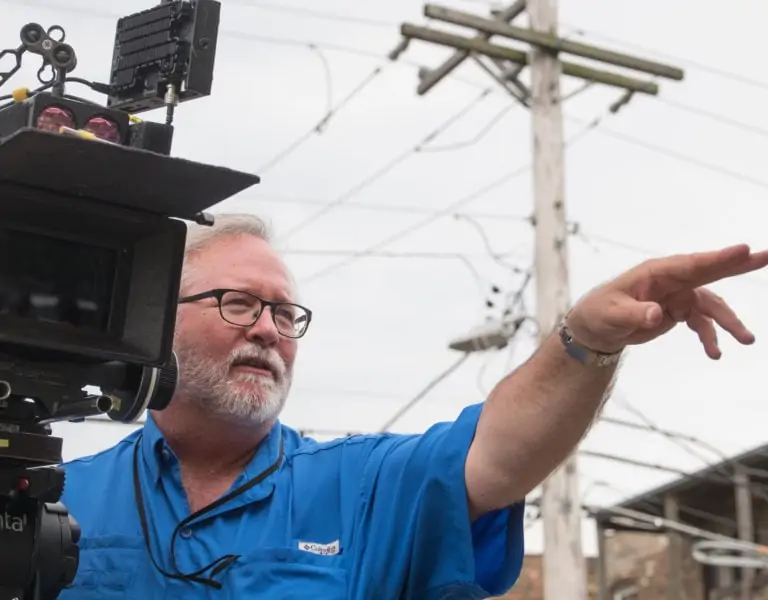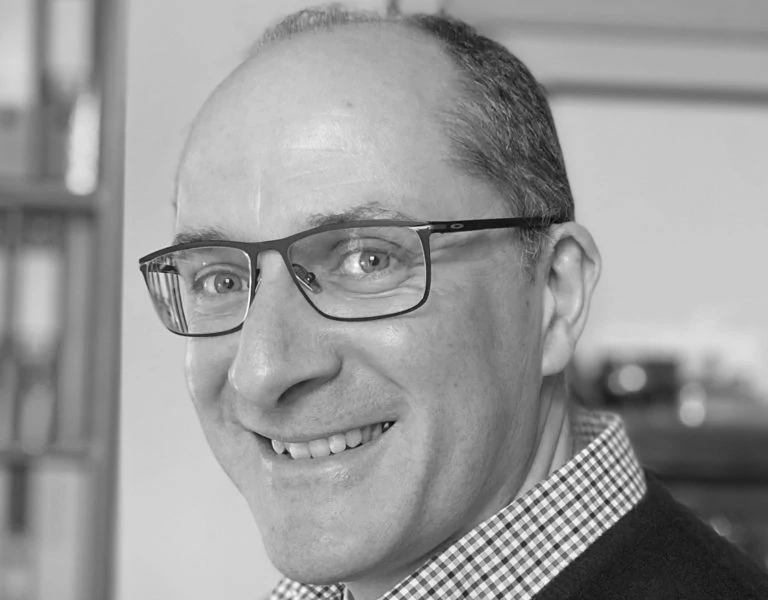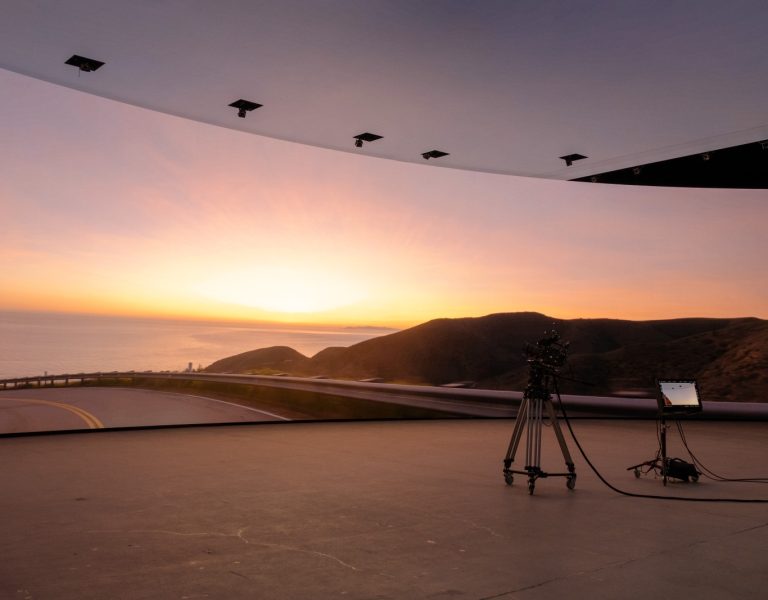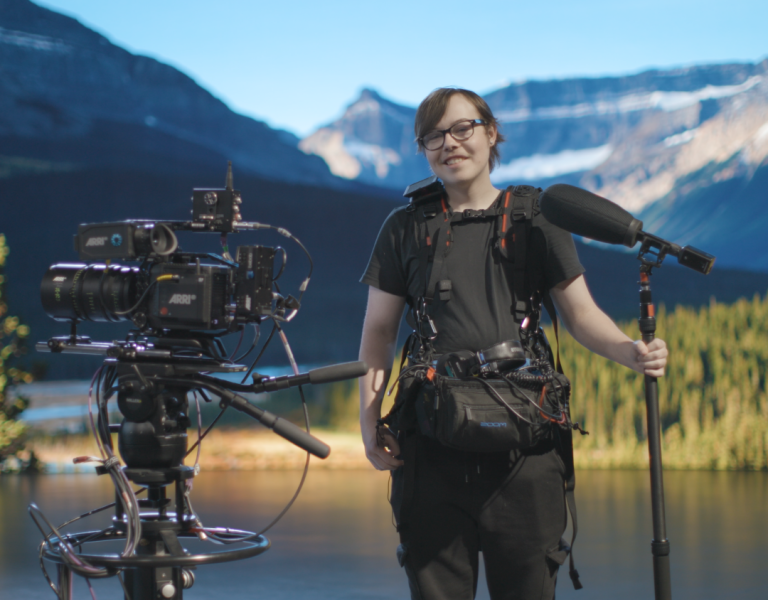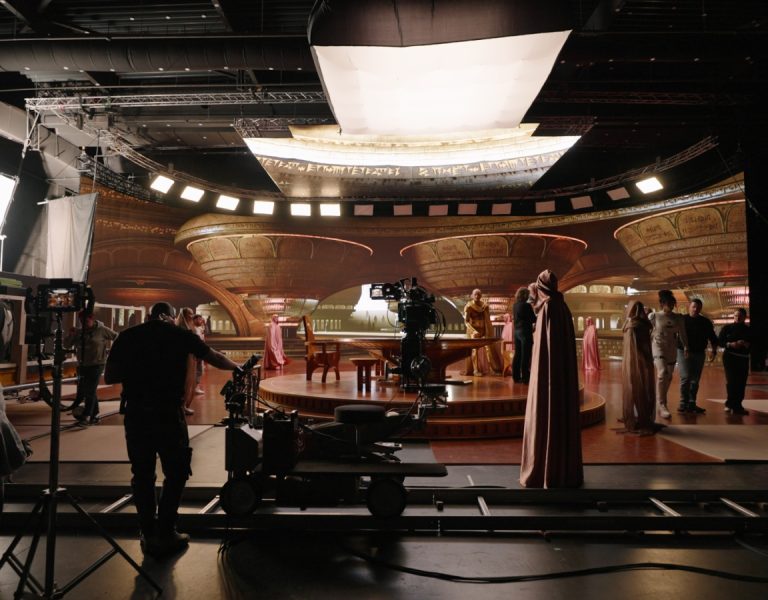Home » Features » Interviews » New Wave »
LEARNING FROM THE BEST
Filmography highlights so far:
Features: A Kind of Kidnapping (Golden Bee winner at Manchester Film Festival 2023; in cinemas July ’23), Die Before You Die (complete, submitting to festivals)
Shorts: Firefly, The Eyes of Marge, Beth, Dying to Meet You, Reasons (BFI Network)
When did you discover you wanted to be a cinematographer and what inspired you to follow this career path?
I have always been fascinated by cameras. I started learning about shutter speeds and apertures on my dad’s Pentax ME when I was about five. As I grew up, I loved watching movies like Apollo 13 and the Bond movies, and was especially drawn to the featurettes that lifted the veil on how scenes or stunts were captured.
My path to cinematography took longer to realise and has been more gradual than the film school route. I worked in a few different departments on set, finding a home in the camera department where I worked as a DIT for many years alongside some amazing cinematographers like Barry Ackroyd BSC, Niels Johansen DFF, Stu Bentley BSC and later Mark Patten BSC and Linus Sandgren ASC FSF. They all inspired me with their vision and skill. Understanding that the role of cinematographer is one that perfectly combines storytelling and technology through the lens, made me realise that this is what I wanted to be doing.
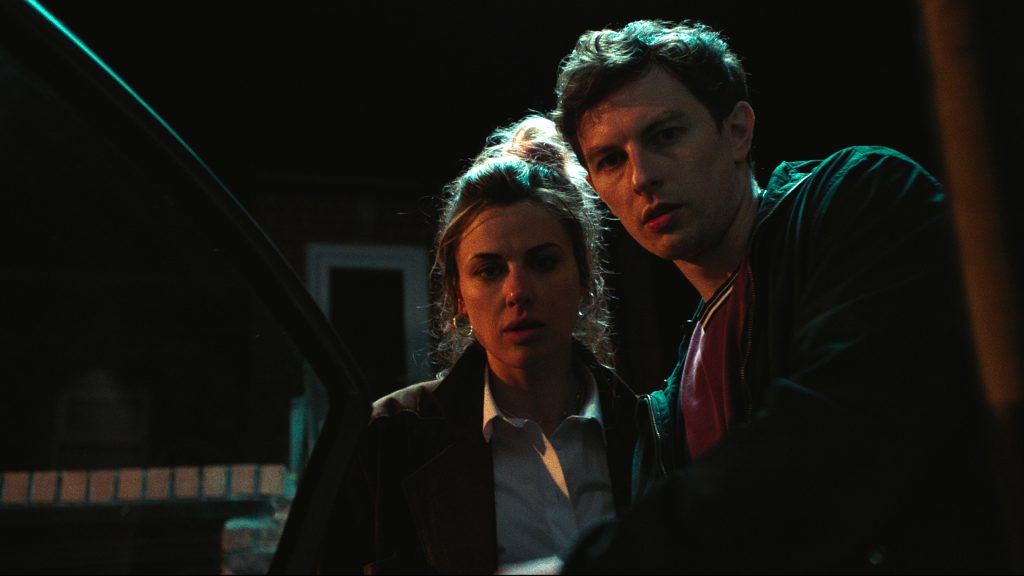
Where did you learn your craft?
In a way it’s been through two parallel journeys for me – as a DIT working on large-scale productions like Black Mirror, No Time to Die, and Silo, I was able to absorb knowledge and observe amazing DPs as they brought stories to life through the camera. Alongside that, I’ve always been shooting myself – from no/low budget things to eventually move into features. Every shoot enabled me to hone my skills, make mistakes and try to apply what I’d learnt and observed from being a part of bigger productions. I firmly believe you never stop this process – I’m constantly pushing myself creatively and technically, and am privileged to have a great network in the industry who help me with this.
What are your favourite films, and what makes them stand out to you?
Beasts of the Southern Wild (2012, dir. Benh Zeitlin, cin. Ben Richardson ASC) – Joyful, fierce, innovative and distinct storytelling with amazing performances.
Gone Girl (2014, dir. David Fincher, cin. Jeff Cronenweth ASC) – Perfection of details, plot and visual coherence.
Melancholia (2011, dir. Lars von Trier, cin. Manuel Alberto Claro) – Metaphorical, mystical storytelling.
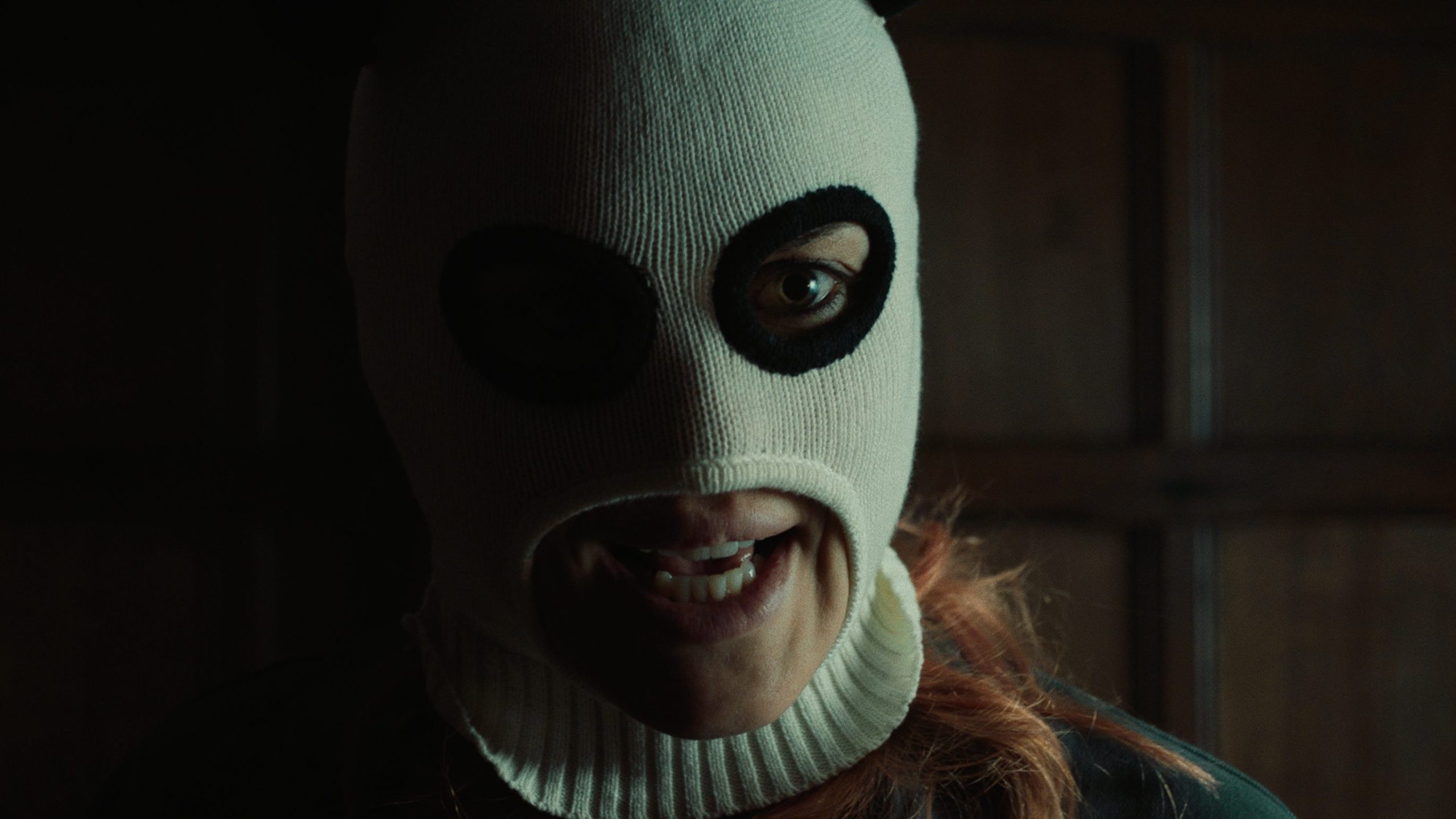
Who in the film world inspires you?
I love Dan Laustsen ASC DFF’s use of colour and contrast. I love Charlotte Bruus Christensen ASC’s use of the quality and texture of light as a storytelling tool. And I love directors who push the boundaries of storytelling, always making the interesting choice, not always the satisfying one: Lars Von Trier, Lynne Ramsay, Guillermo del Toro, and David Fincher.
What’s the most useful advice you’ve received and from whom?
Trust your instincts. I called Mark Patten BSC for advice ahead of my first feature – I thought I had a good idea for how to light it, he gave me the confidence to trust myself and it worked out great for the film.
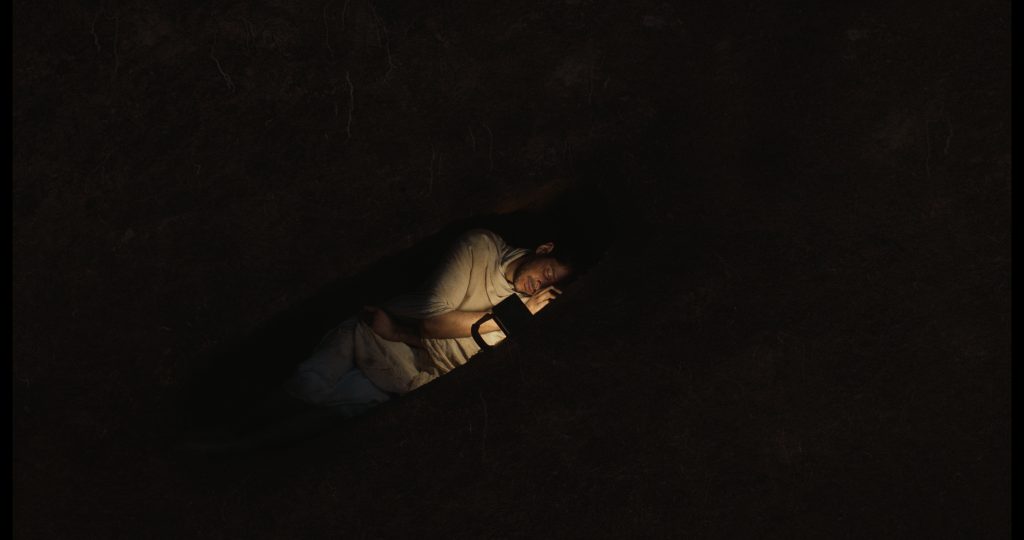
What advice would you give someone considering becoming a cinematographer?
Learn storytelling first. All the technical side and practical things can be learnt with time and experience but the core of everything is storytelling
What have been your greatest triumphs and disasters on set?
Triumph: Shooting my first feature in 14 days and it winning the Golden Bee at Manchester Film Festival at its first festival screening.
Disaster: When a horse ate the generator keys…
What lights your fire outside of work?
Woodworking. My partner and step-dog and two step-cats!
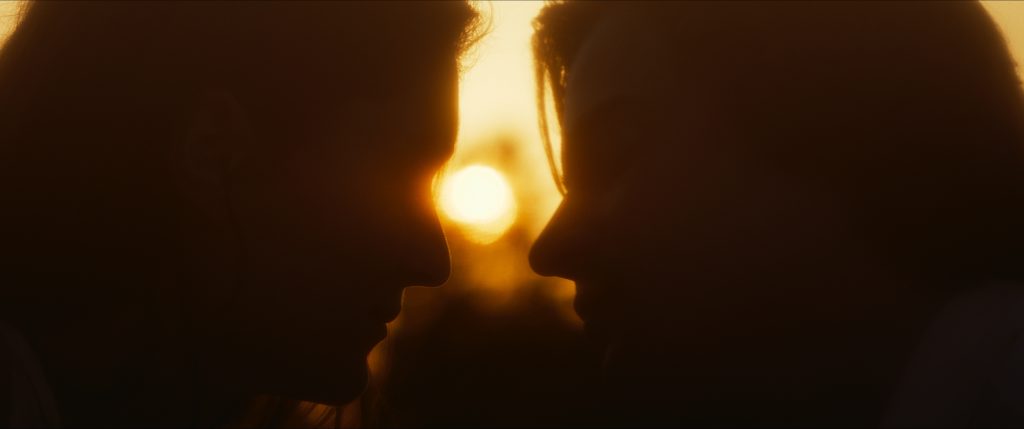
What has been the biggest challenge in your career and how did you overcome it?
I shot a feature where the main character spends half the film buried in a 7ft x 3ft grave. We had to maintain the feeling of claustrophobia while still having the freedom to shoot lots of different coverage and lighting looks. We developed a number of lighting and camera placement “rules” and then stayed close to these to keep consistency but give ourselves room to maneuver.
What piece of kit could you not live without?
Eartec Comms headsets – I’ve really come to appreciate a calm and quiet atmosphere around the camera and the Eartecs let me maintain a fluid conversation with my team without having to shout or run around set.
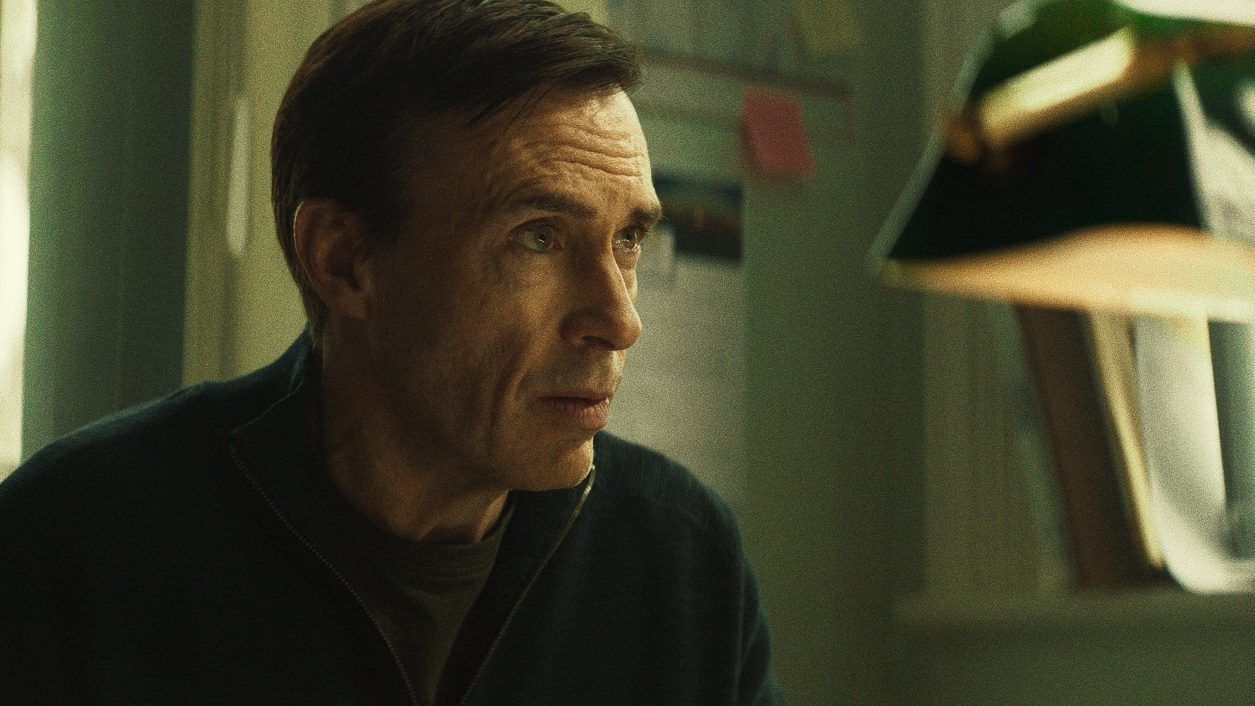
Which film would you love to have shot?
Beasts of the Southern Wild. There are some great articles about how they made the film – everyone living immersed in the locations, mucking in and solving problems each day and working in a beautiful collaborative way.
Which productions are you most proud to have lensed, and why?
I’m really proud of the two features I’ve shot. Very different stories and genres which each required a different approach, but both punch above their budget and schedule in the ambition of the storytelling and visual language.
What’s the best and worst thing about your job?
Best things: When all departments are firing on all cylinders and the set has a wonderful feeling of collaboration and energy.
Worst thing: Searching for the next great script to work on.
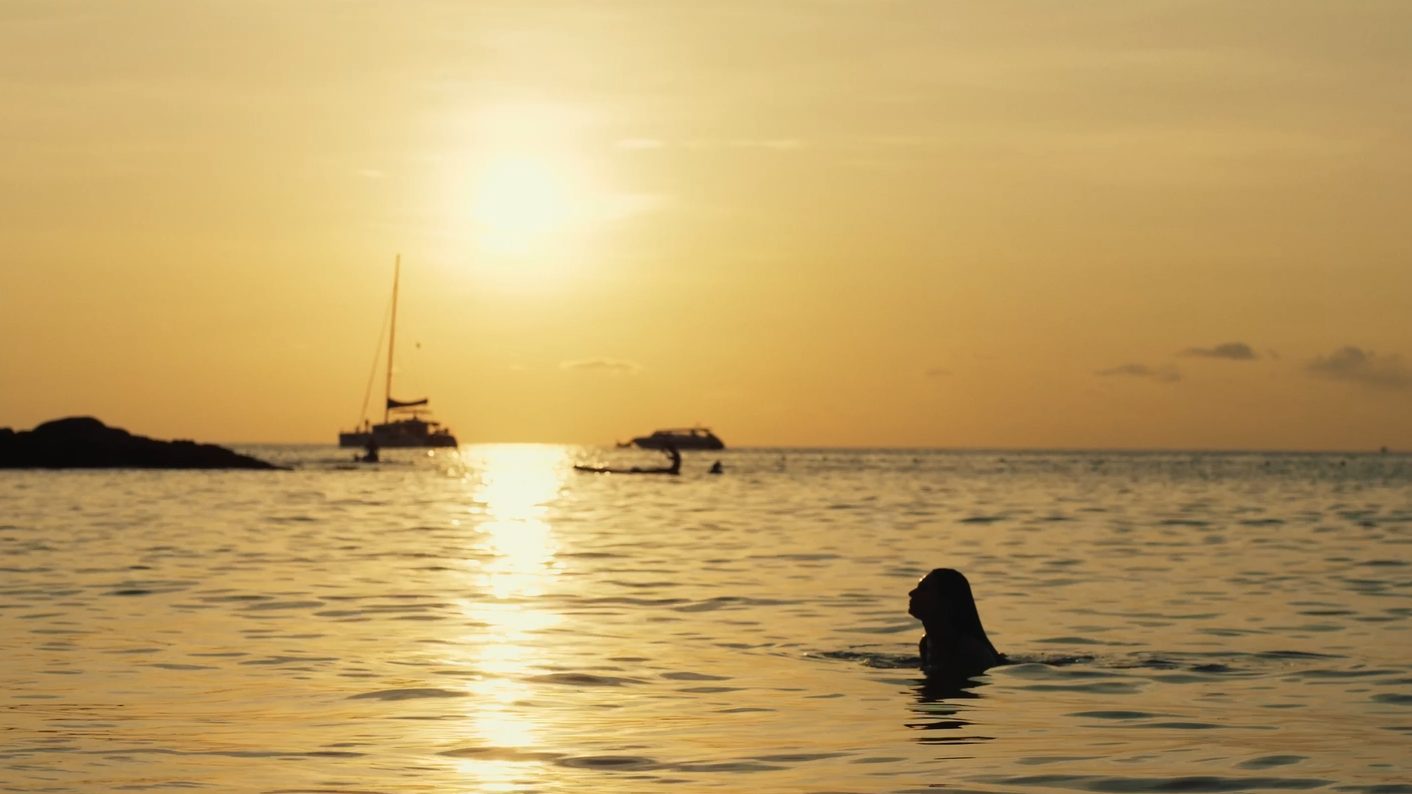
How would you best describe your approach to cinematography?
Story-led. I build the look for the film from a few key moments or scenes and then work out from there to find the overall look.
What are your aspirations for the future?
Shoot more interesting features and I’ve also been doing some second unit work recently which I’ve loved so more of that too!
What do you think are the industry’s biggest challenges?
Staying on the path of diversifying the stories we tell and the people who tell them.







